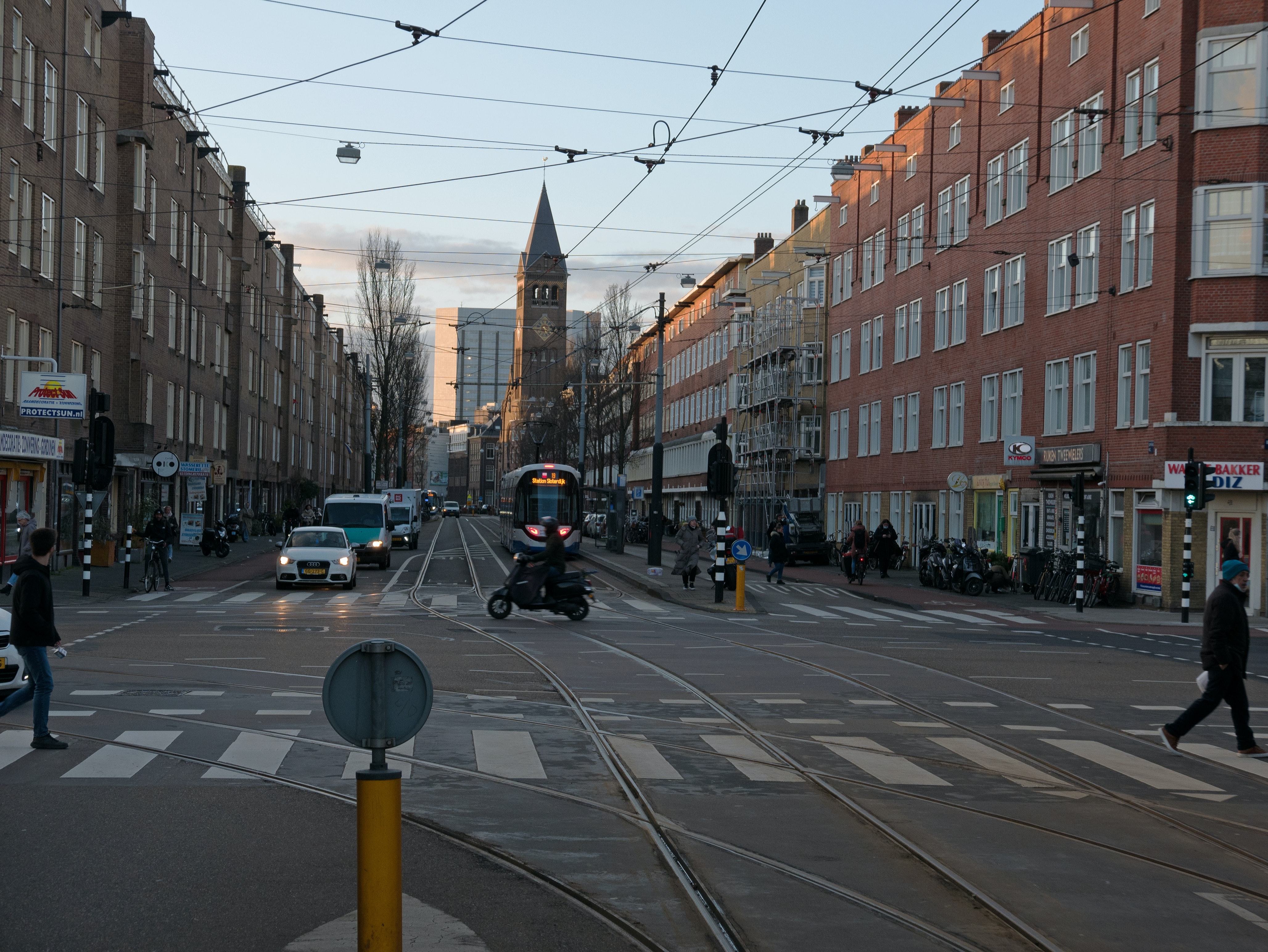Traffic counts for Safer Streets

Safe street campaign goals
Our streets can be dangerous places, particular if you are a “vulnerable” user of that space - in other words, you are not travelling in a vehicle that is heavily equipped to protect the passengers inside, but remains a danger to those outside of it.
Campaigns for Safer Streets (that focus on mobility) will largely centre on reducing the number of accidents and fatalities on our roads, with a particular focus on protecting vulnerable users such as those individuals who cycle and walk. The goal is to increase access to the street for non-car use - i.e. social, play, active travel and exercise, commerce, etc.
Since the vast majority of these incidents are caused by people in vehicles, the tactics are largely around:
- Reduction of speed of all modes on a street;
- Reduction in the total volume of vehicular traffic;
- Increase the visibility of all street users, to improve awareness, for example through improved lighting, shelters, reduced roadside parking,...);
- Segregation of lanes, particular for cyclists, to lessen the chance of collisions;
- Improvement to junctions and signalling where negotiation needs to occur.
What do we need to measure?
The main cause of danger are vehicles, so it stands to reason that we need to measure how they use the street.
The primary measure will be the average speed of travel. Even low traffic volume streets can be dangerous if cars tend to travel at speeds that endanger others. Telraam devices measure the distribution of speeds over a period, but also report on the V85 speed changes throughout the day. It is, in fact, possible to see great variations if, for example, streets that are congested at peak hours, but with low traffic periods, create ‘open roads’ that encourage speeding.
Another measure would be total volume across the day, and week, of vehicles, and how this affects the number of active travel road users. It is likely that roads with high volumes of motor vehicle traffic, particularly if the speeds are high, will not see as many cyclists or pedestrians, who will be put off by the potential danger and pollution. Telraam devices track the different modes at the same time, and so analysis can demonstrate the effects they have, and whether interventions have any effect.
The primary measure of success of any action in respect of safer streets, would be a decrease in accidents resulting in damage to people or vehicles. However, as the goal would be to reduce this to zero, it would also be useful to show whether road use has improved to meet the goals of the local traffic plan. This could be a greater number of cyclists and pedestrians, or could simply be a better flow of traffic with lower congestion and lower speeds, and a reduction in pollution resulting from idling vehicles.